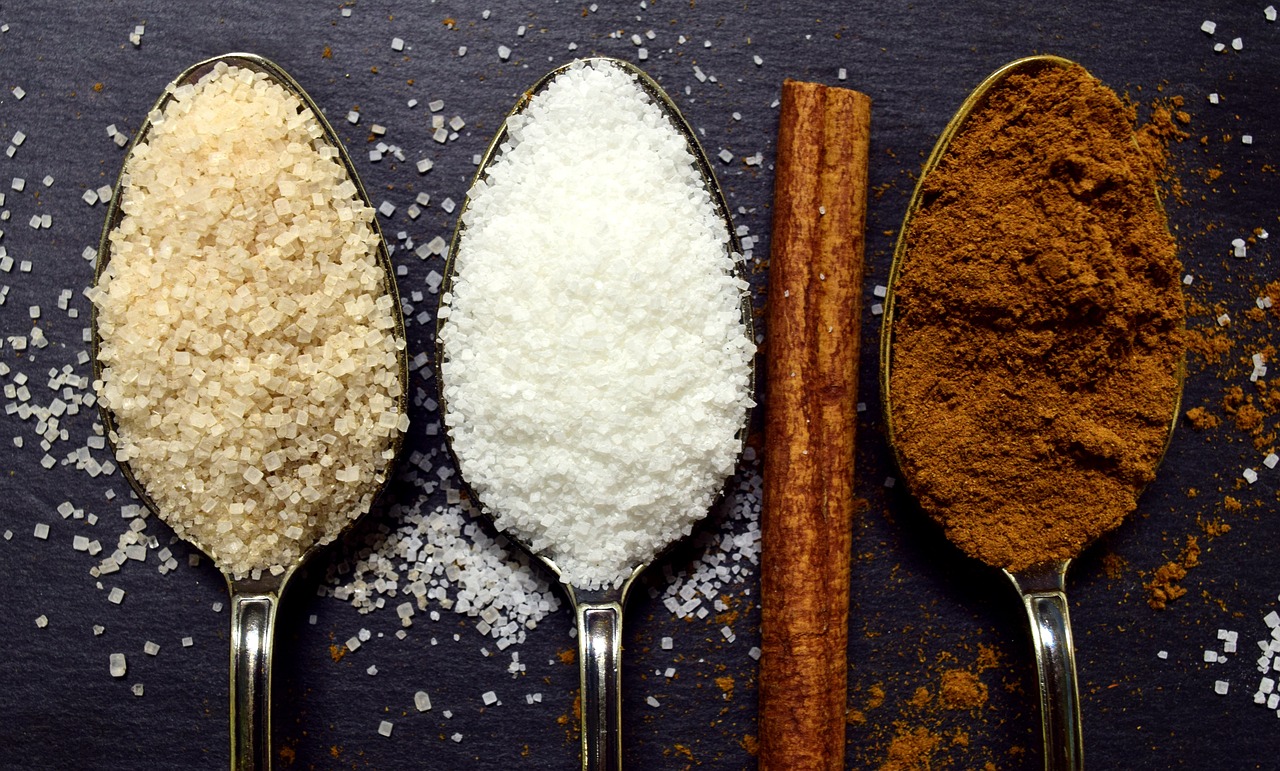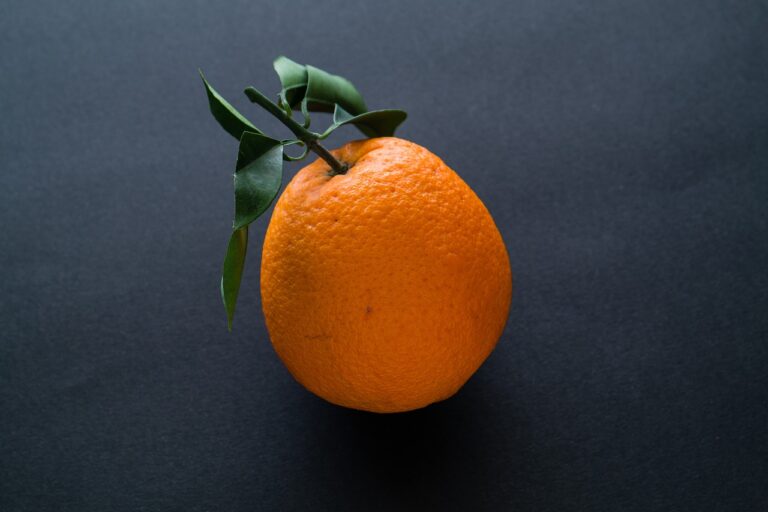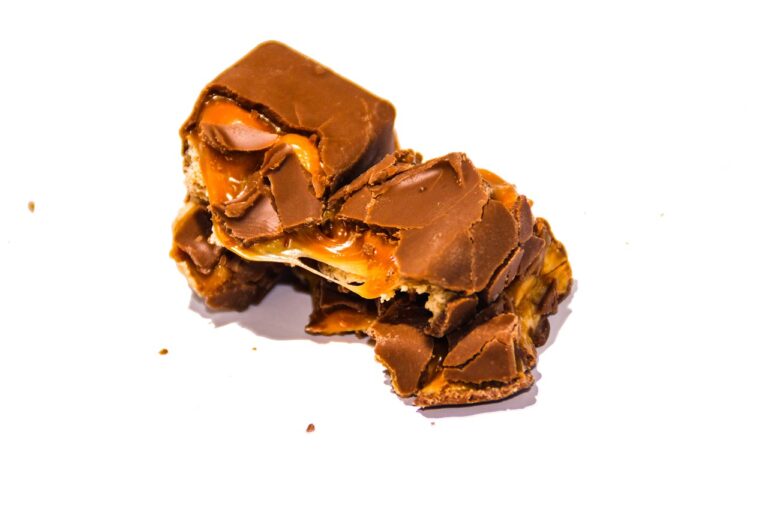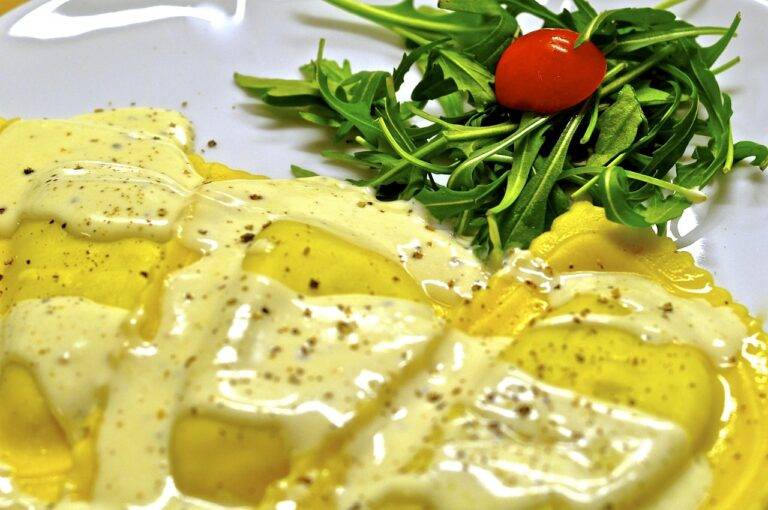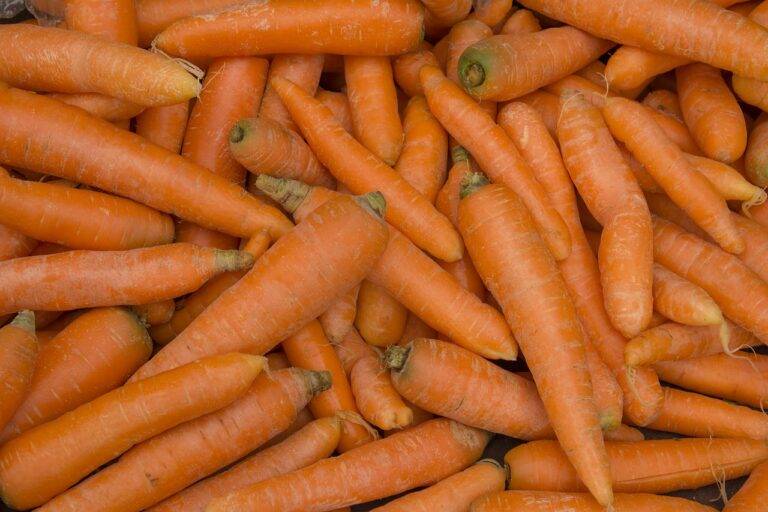The Art of Food Carving: Creating Edible Works of Art
Food carving is a creative culinary art form that involves shaping and sculpting various food items to create decorative pieces. This skilled practice is not only visually appealing but also adds an element of uniqueness to dishes, making them even more enticing for the eyes. Food carving is often used to elevate the presentation of dishes at special occasions, such as weddings, banquets, and other celebratory events.
With food carving, chefs and cooks can transform ordinary fruits, vegetables, and even meats into intricate designs and shapes. From delicate flowers carved out of watermelons to intricate patterns etched onto radishes, the possibilities for food carving are endless. This art form requires precision, patience, and a keen eye for detail to master the techniques needed to achieve stunning results on the plate.
Tools and Materials Needed for Food Carving
Food carving is an art form that requires specific tools and materials to bring various food items to life through intricate designs and shapes. Some essential tools for food carving include a sharp knife with a pointed tip for precision carving, a carving knife with a straight edge for larger cuts, a paring knife for detailed work, and a melon baller for creating rounded shapes. Additionally, having a set of various sized vegetable peelers and a good quality cutting board are important for a smooth carving process.
When it comes to materials needed for food carving, utilizing fresh fruits and vegetables that are firm and ripe is crucial for achieving clean cuts and maintaining the shape of the carved design. It is also recommended to have toothpicks on hand to secure delicate pieces together and prevent them from collapsing. For more elaborate carvings, items such as food coloring, edible gold or silver leaf, and decorative toothpicks can be used to enhance the overall presentation of the carved food art.
Basic Techniques for Food Carving
When beginning food carving, start by selecting the appropriate fruit or vegetable. Make sure it is firm and easy to work with. Wash and dry the produce before beginning the carving process. Cut the fruit or vegetable to the desired size and shape, ensuring a sturdy base for carving.
Once you have your prepared produce, use a sharp carving knife or specialized carving tools to carefully carve the design you have in mind. Take your time and work slowly to avoid any accidents. Remember to practice safety measures by keeping your fingers away from the blade and cutting in a controlled manner.
• Select a firm and easy to work with fruit or vegetable
• Wash and dry the produce before carving
• Cut the produce to desired size and shape for a sturdy base
• Use a sharp carving knife or specialized tools for carving
• Work slowly and carefully to avoid accidents
• Practice safety measures by keeping fingers away from the blade
What is food carving?
Food carving is the art of sculpting fruits, vegetables, or other food items into intricate designs or shapes for decorative purposes.
What tools and materials are needed for food carving?
Some essential tools for food carving include carving knives, melon ballers, vegetable peelers, and small scoops. Additionally, having a cutting board and a variety of fresh fruits and vegetables is necessary for food carving.
What are some basic techniques for food carving?
Some basic techniques for food carving include using a sharp knife to carefully carve out shapes or designs, using a melon baller to create round shapes, and using a vegetable peeler to create thin, delicate strips. Experimenting with different tools and techniques can help you develop your food carving skills.
Can anyone learn food carving?
Yes, anyone can learn food carving with practice and patience. Start with simple designs and gradually work your way up to more intricate patterns. Watching tutorials and practicing regularly can help improve your food carving skills.

